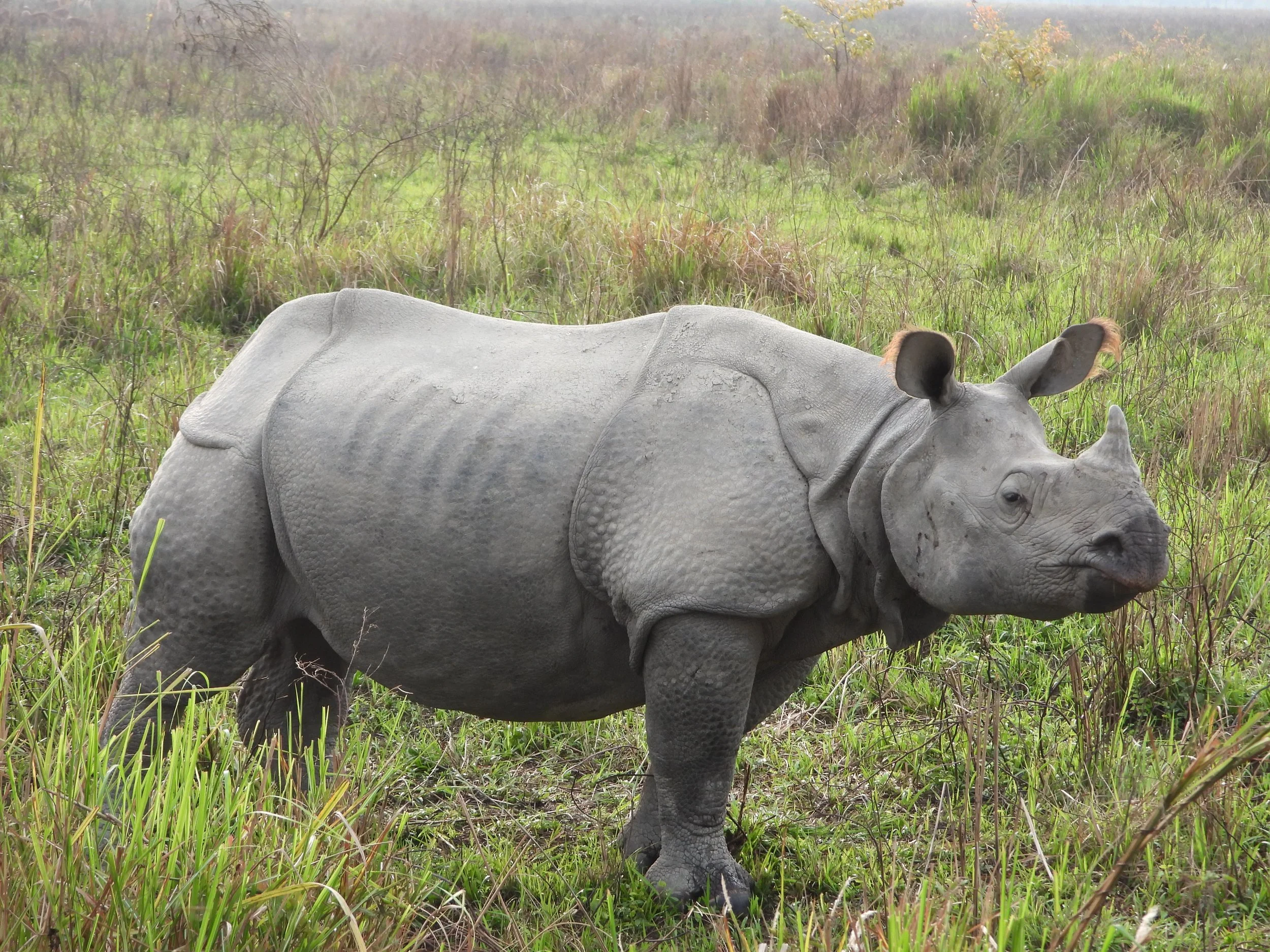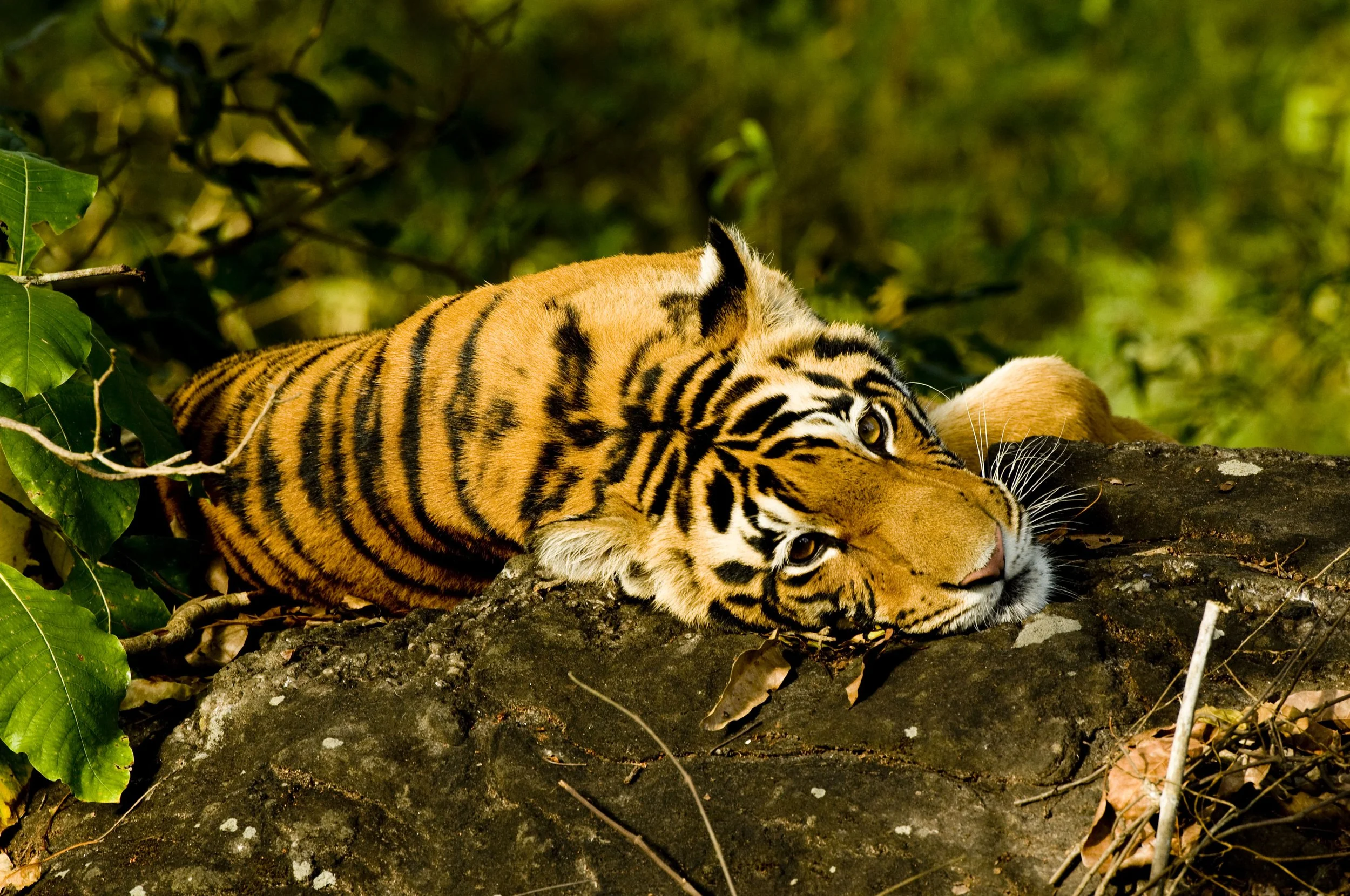WildLandscapes Director of International Operations, Vanessa Stephen, recently travelled to North-eastern India for a site visit to an exciting ongoing project and to potentially seek new opportunities. This area is an incredible biodiversity hotspot, boasting an impressive array of over 376 plant species, 106 non-timber forest products, and 200+ bird and 90+ butterfly species recorded. It is also home to a massive diversity of larger wildlife, including rare and endangered species such as the Asian elephant, Bengal tiger, and greater one-horned rhinoceros.
Along with seven co-authors, Dr. Vratika Chaudhary, Data Scientist with NatureServe, has recently published her findings after compiling and analyzing six years’ worth of camera-trap data from Pakke Tiger Reserve in northeastern India. The project’s ultimate purpose was to create baseline species-richness and occupancy estimates for the mammalian community of the reserve by taking a full-scale, community-level research approach (which is a rare feat in India).
Combined with anthropogenic factors and occupancy modeling, six years of camera-trap data has now turned into a clearer picture of Pakke’s biodiversity.
Wildlife trade poses the second-biggest threat to the survival of species after habitat destruction. India is among the top 20 countries for the illegal wildlife trade and its fast-expanding airport, rail and other transport sector is often used by wildlife traffickers to smuggle high-end, high-value species and products. To check wildlife crime and improve biodiversity conservation and preservation efforts in India, the Indian Government mandated Wildlife Crime Control Bureau of India to initiate vigil on wildlife criminals to protect wildlife from illegal wildlife criminals.




